By 1976, the golden era of muscle cars was running on fumes, but the Ford Gran Torino wasn’t ready to disappear quietly. Big, brash, and instantly recognizable—especially in red with a white stripe—it blended old-school American swagger with a touch of ’70s luxury. Whether you remember it from Starsky and Hutch or just as the last of the full-size V8 cruisers with attitude, the ’76 Gran Torino marked the end of an era. Here are 10 facts that remind us why this car still turns heads nearly 50 years later.
1. Built for Size and Style
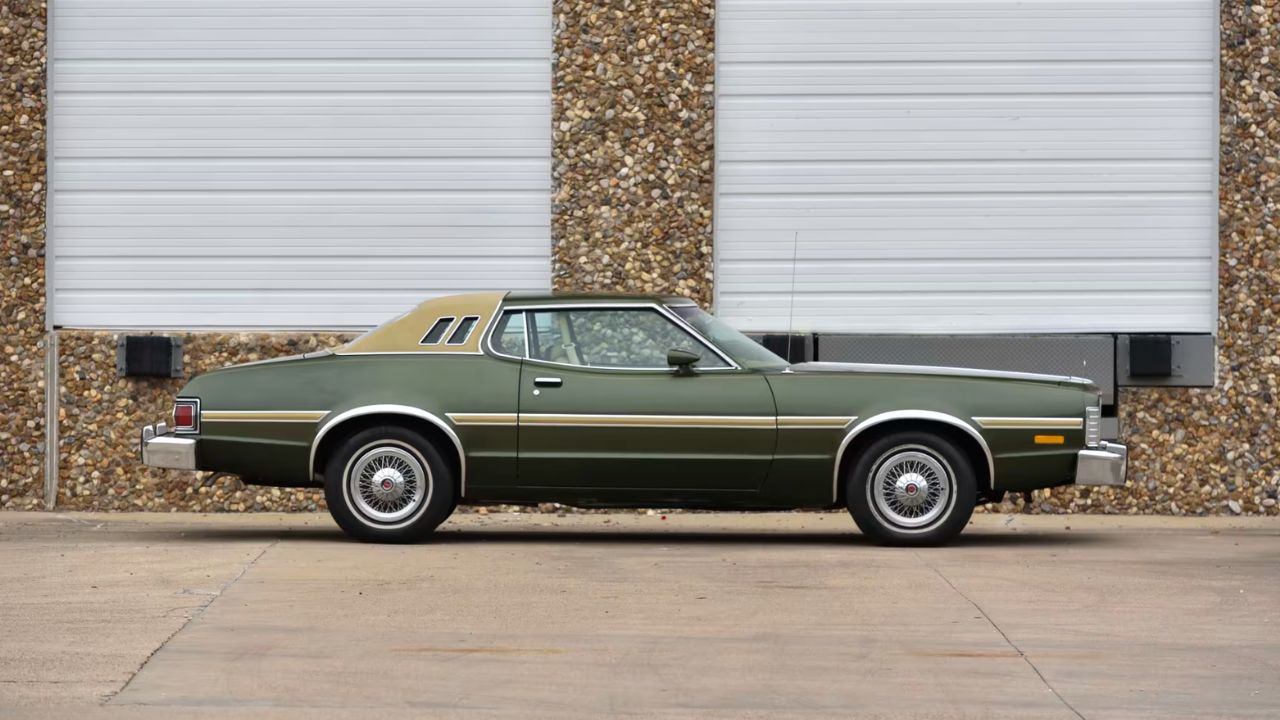
The 1976 Gran Torino was a full-size coupe that stretched nearly 18 feet long, with a curb weight just over 4,100 pounds. It shared its platform with other big Fords of the era, offering generous space and road presence.
It was built more for cruising than corner-carving, riding on a coil spring front suspension with a solid rear axle and leaf springs. While the muscle car era was winding down, the Gran Torino still had attitude, especially with the sportier two-door fastback body style.
2. Engine Options Were All V8
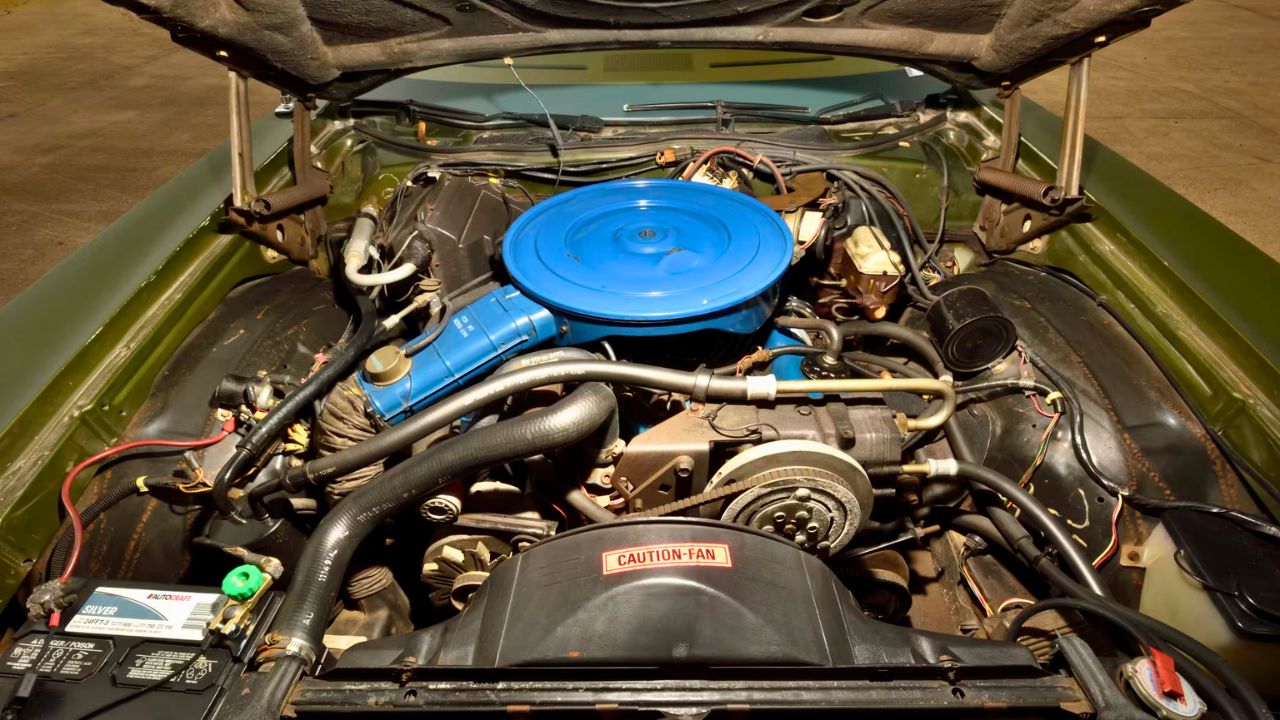
By 1976, the Gran Torino didn’t mess with small engines. It came standard with a 351-cubic-inch Windsor V8 and could be optioned up to a 460 big block. Horsepower ranged from 140 to 218, depending on the configuration and emissions equipment.
Even with lower output than earlier muscle cars, it still had plenty of torque to move its weight. Paired with a 3-speed automatic, it delivered a smooth, laid-back driving experience that matched the car’s big, relaxed personality.
3. It Made Over 100,000 Sales in ’76
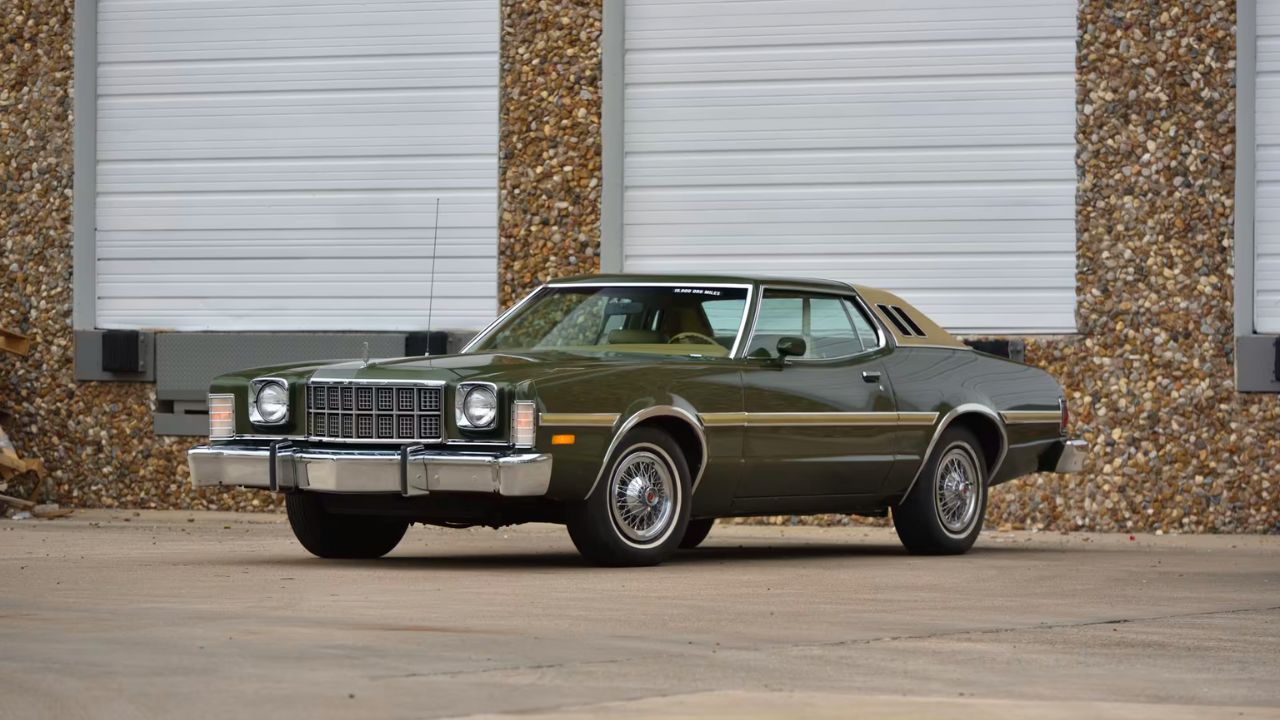
Ford moved just over 103,000 Gran Torinos in 1976, with most of those being coupes. It wasn’t the powerhouse seller it once was earlier in the decade, but it still held strong against rising gas prices and growing competition from imports.
The Torino lineup had shrunk over the years, and 1976 would be its final year before Ford moved on to newer models. Still, that final-year sales figure shows the car had loyal buyers even as the muscle era faded.
4. The Interior Was Pure ’70s
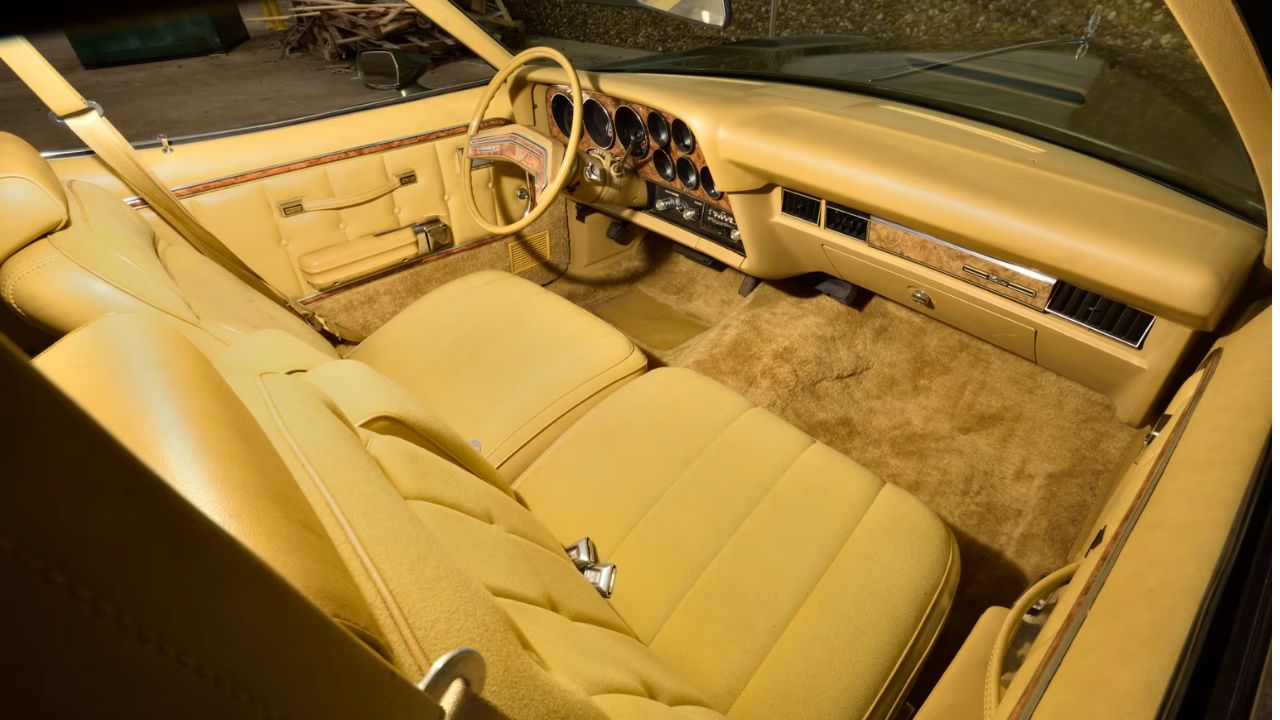
Step inside a ’76 Gran Torino and you’re met with a bench seat or optional buckets, a squared-off dash, and enough faux wood trim to cover a small cabin cruiser. It had big, easy-to-read gauges and a wide steering wheel that reminded you this wasn’t a small car.
Standard features were modest, but options included cruise control, air conditioning, and a factory 8-track stereo. It wasn’t flashy inside, but it delivered comfort and space, which mattered to buyers looking for an everyday cruiser with some style.
5. It Wasn’t Just a Pretty Face—It Was a TV Star
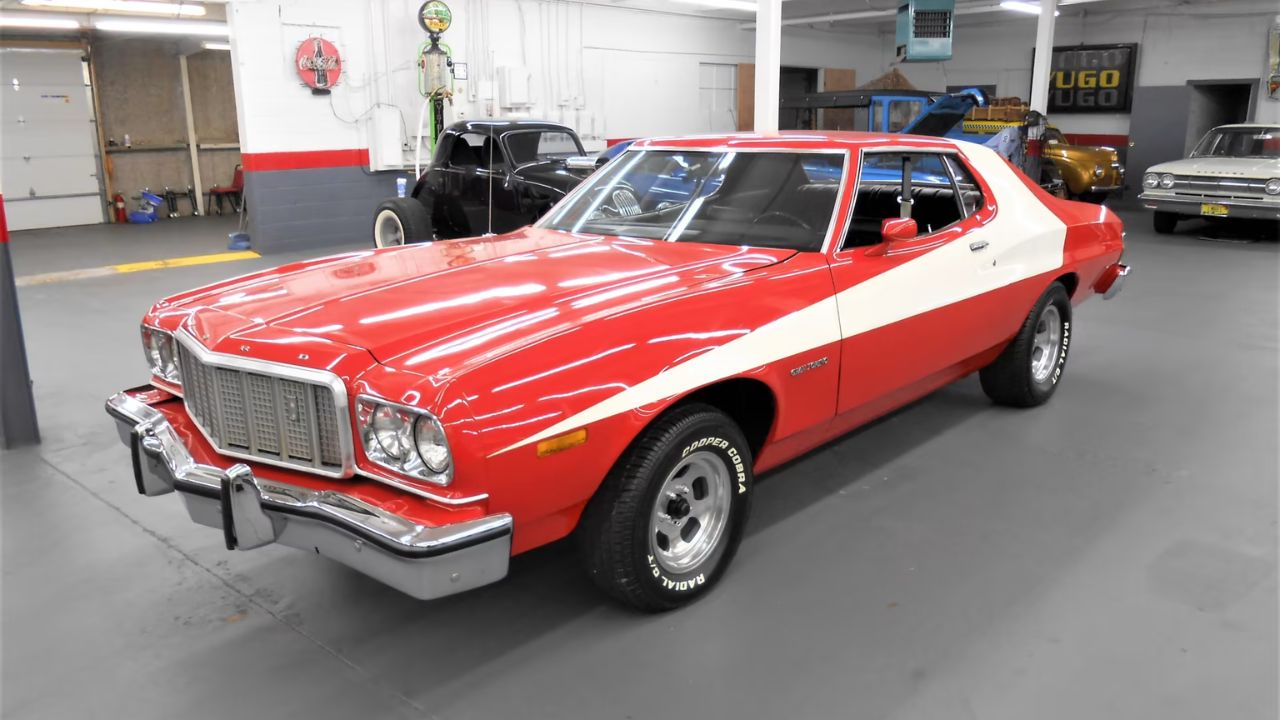
What really cemented the ’76 Gran Torino’s place in pop culture was its starring role in Starsky and Hutch. With a flashy red paint job and sweeping white vector stripe, the car became instantly recognizable across the country.
Ford capitalized on the fame by releasing a limited “Starsky and Hutch” edition for the public. Around 1,000 were made, painted just like the car from the show. That TV spotlight gave the Gran Torino a second wind with younger buyers who wanted something with attitude.
6. Suspension Was Built for Comfort, Not Speed
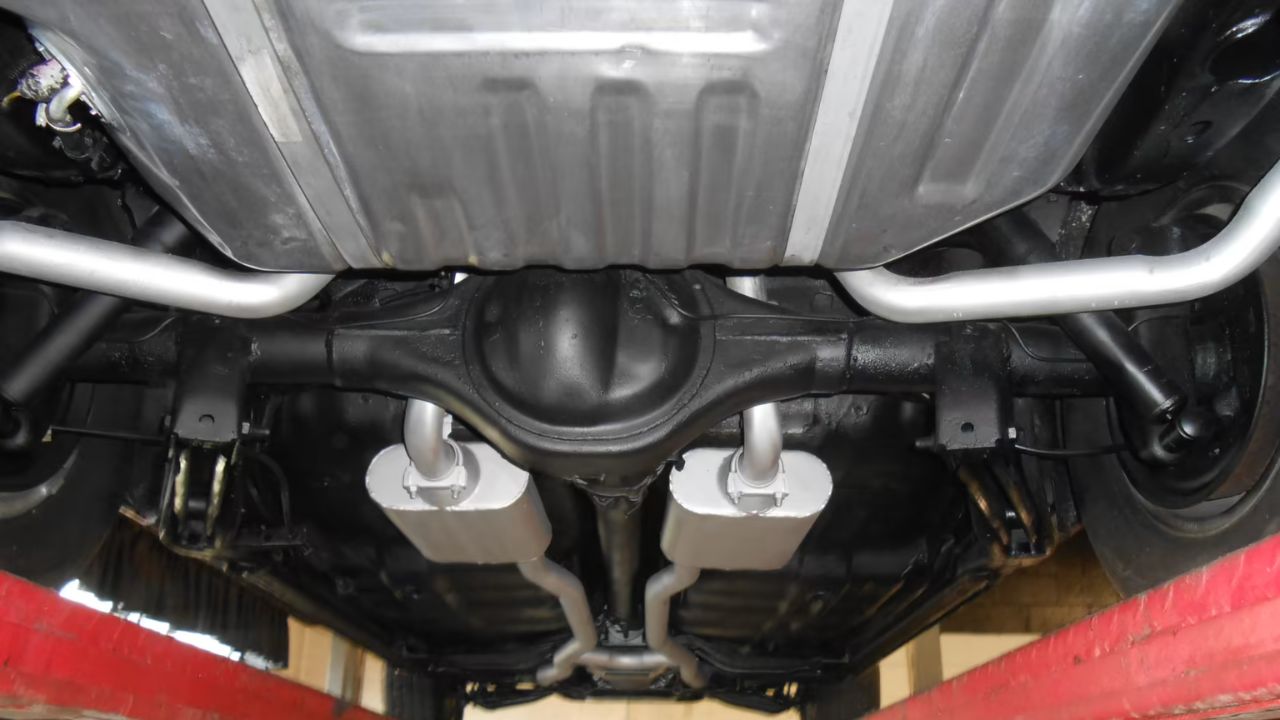
The 1976 Gran Torino used a soft suspension setup aimed squarely at ride quality. Up front, it had independent coil springs with upper and lower control arms, while the rear used a solid axle with leaf springs.
This setup soaked up road bumps but didn’t offer much in the way of tight handling. Body roll was part of the package, but for buyers who prioritized cruising over cornering, it worked just fine. The car’s suspension matched its size—floaty, predictable, and built for the open road.
7. Trim Levels Were All About Options
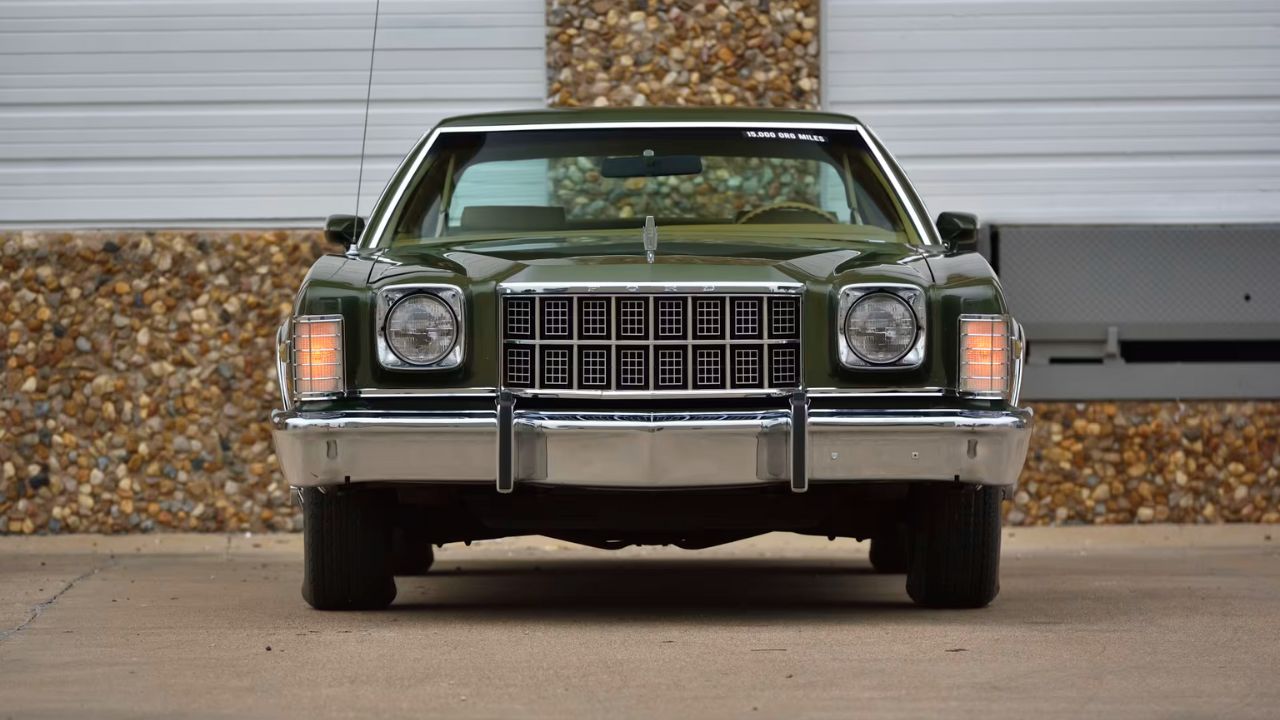
The Gran Torino offered several trims in 1976, including base models, Brougham editions, Elite (pictured) and sportier 2-door versions. The Brougham package leaned into luxury, adding padded vinyl roofs, upgraded upholstery, and more sound insulation.
Buyers could spec it up with rally wheels, sport mirrors, or even color-keyed bumpers. The variety of trims gave buyers room to customize without stepping into Thunderbird or Lincoln territory. Whether you wanted plain-Jane or dressed-up, Ford had something on the lot for you.
8. It Was One of the Heaviest Torinos Ever
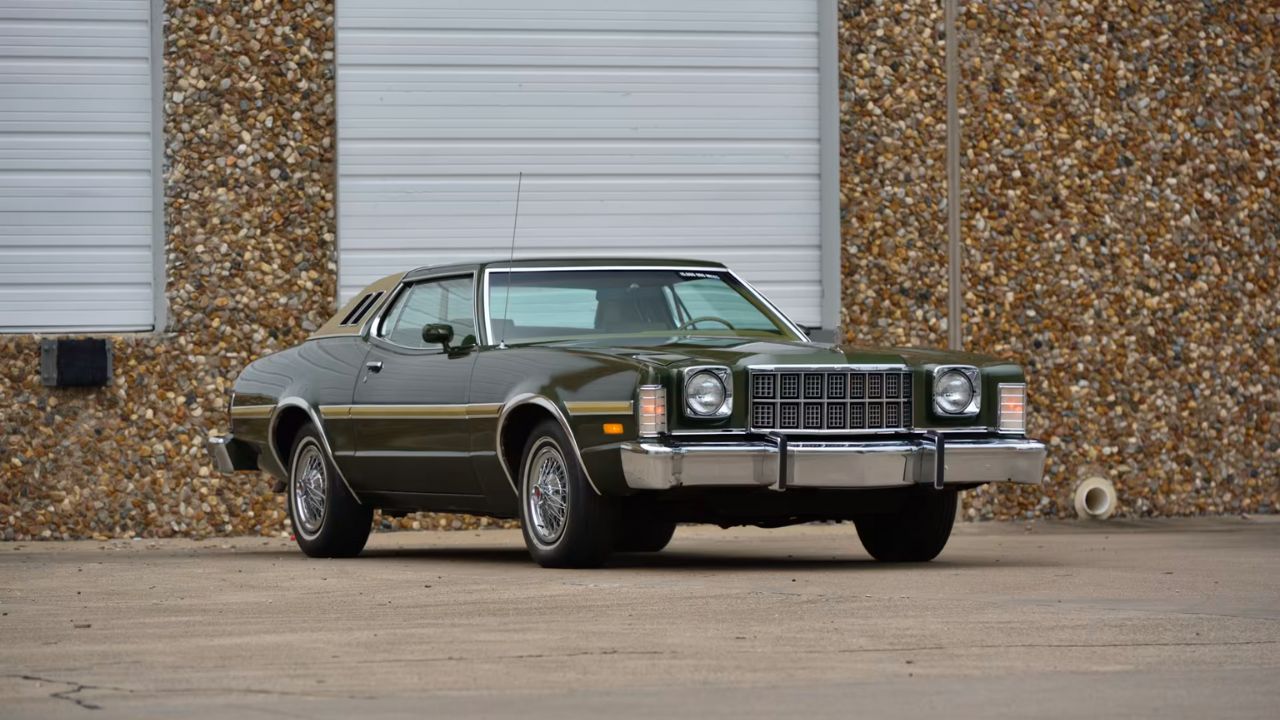
By 1976, safety regulations, added equipment, and emissions gear had made the Gran Torino one of the heaviest iterations yet. Fully loaded models tipped the scales at around 4,200 pounds.
That weight dulled performance but gave the car a planted, solid feel on the road. It wasn’t quick off the line, but it rolled like a tank and soaked up highway miles in style. Weight was part of the ’70s formula—big car, big presence, and big comfort.
9. The Fastback Design Was Phased Out
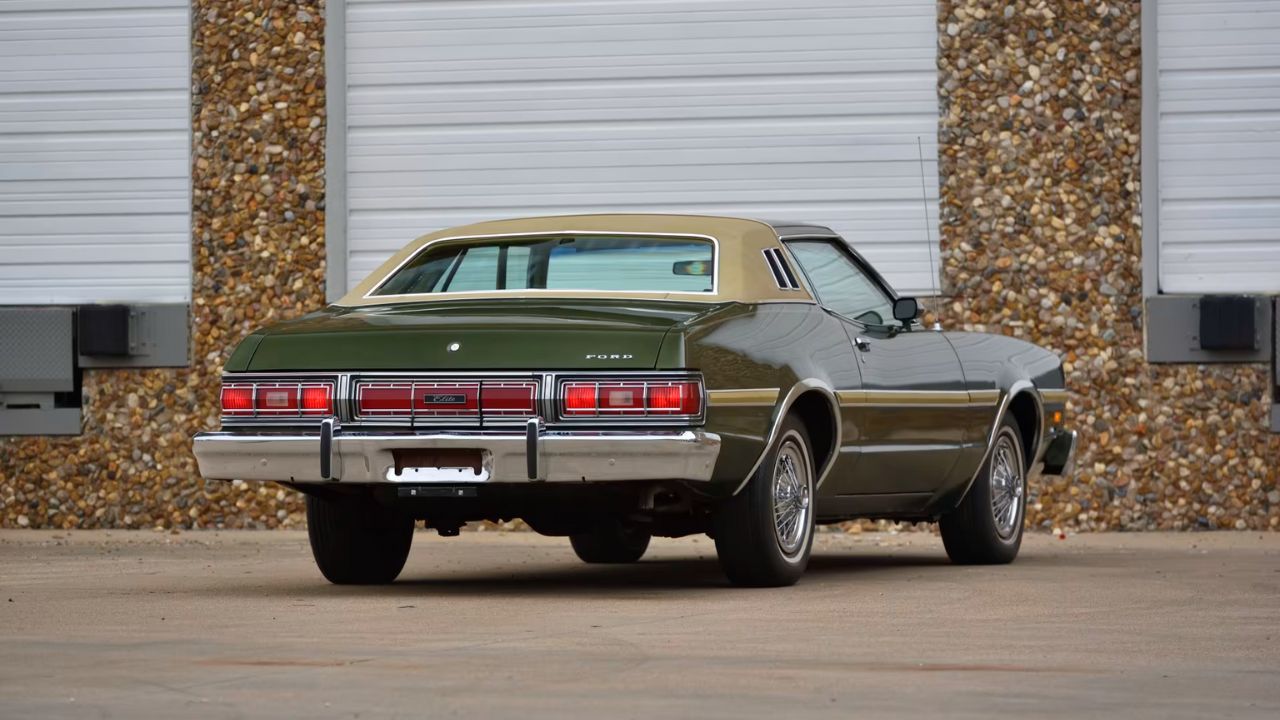
Earlier in the decade, the Torino’s fastback roofline was one of its signature features. But by 1976, Ford moved away from the sweeping lines of the earlier “SportsRoof” models in favor of more formal, squared-off profiles.
The roofline shift was part of a broader styling trend toward luxury coupes. The long hood and short deck were still there, but the fastback’s muscle car spirit was replaced with a more conservative look. It was a sign of the times—muscle was out, style was in.
10. 1976 Marked the End of the Gran Torino
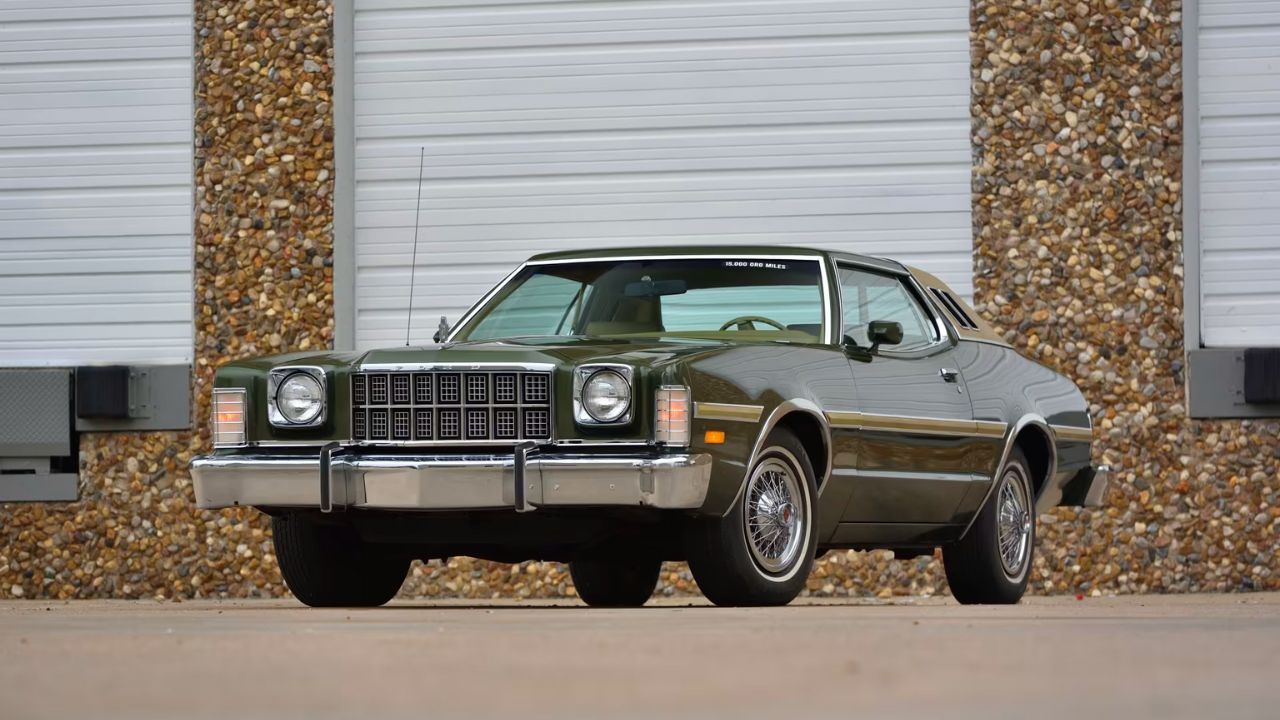
The ’76 model year was the swan song for the Gran Torino. After years of solid sales and a run in NASCAR, Ford retired the nameplate. The LTD II would replace it in 1977, carrying over some of the Torino’s design DNA but none of its muscle car roots.
While it didn’t go out with a performance bang, the Gran Torino left behind a legacy of attitude, street presence, and Hollywood fame. For many fans, the ’76 model represents the last real chapter of Ford’s muscle-inspired full-sizers.
*This article was hand crafted with AI-powered tools and has been car-fully, I mean carefully, reviewed by our editors.

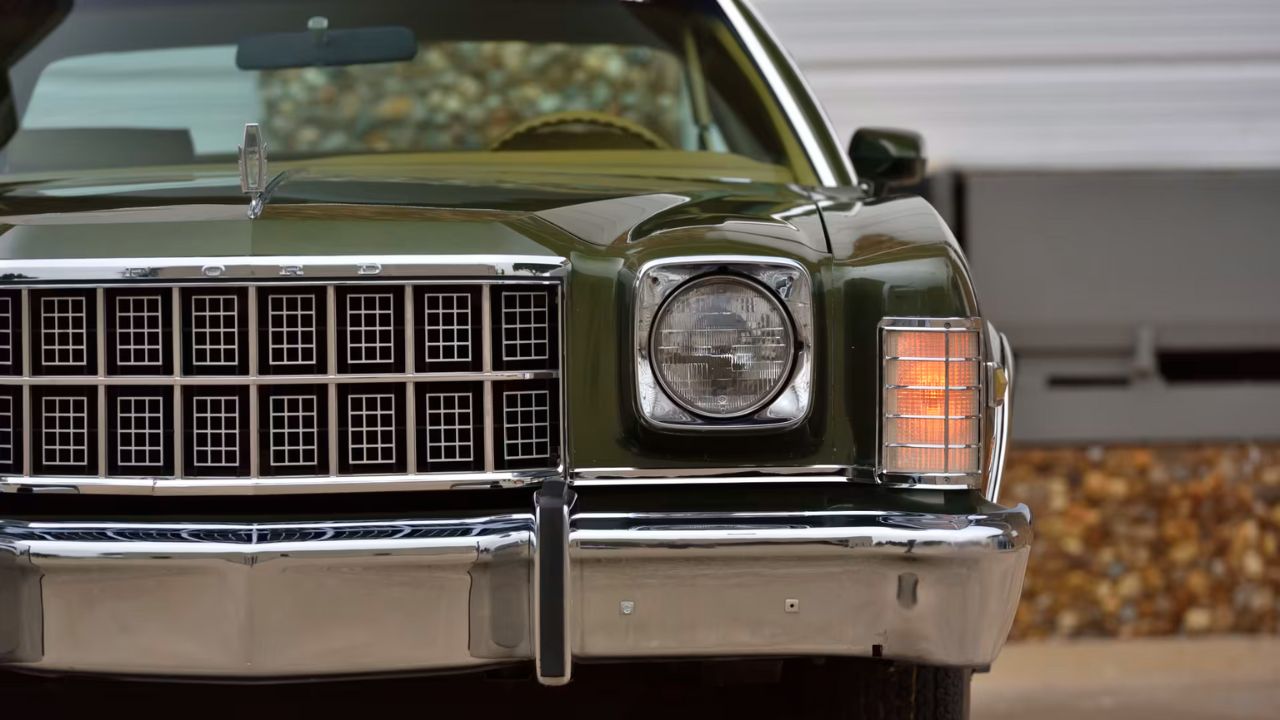
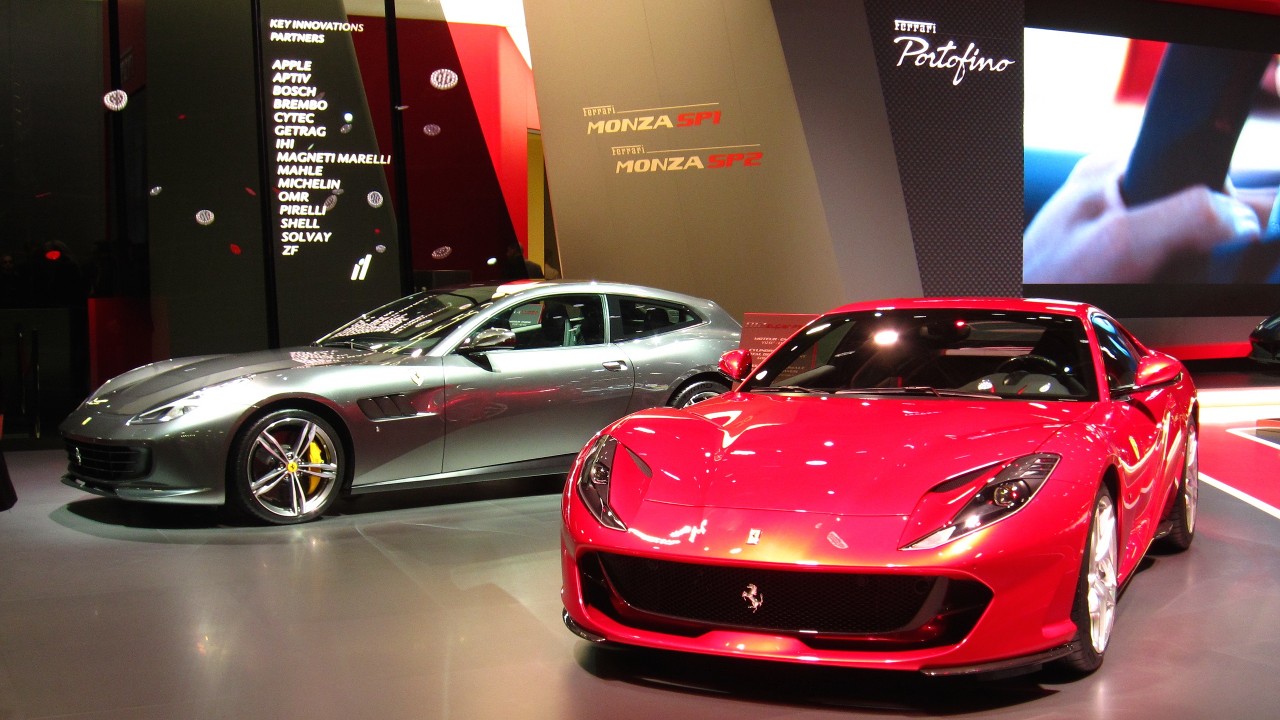
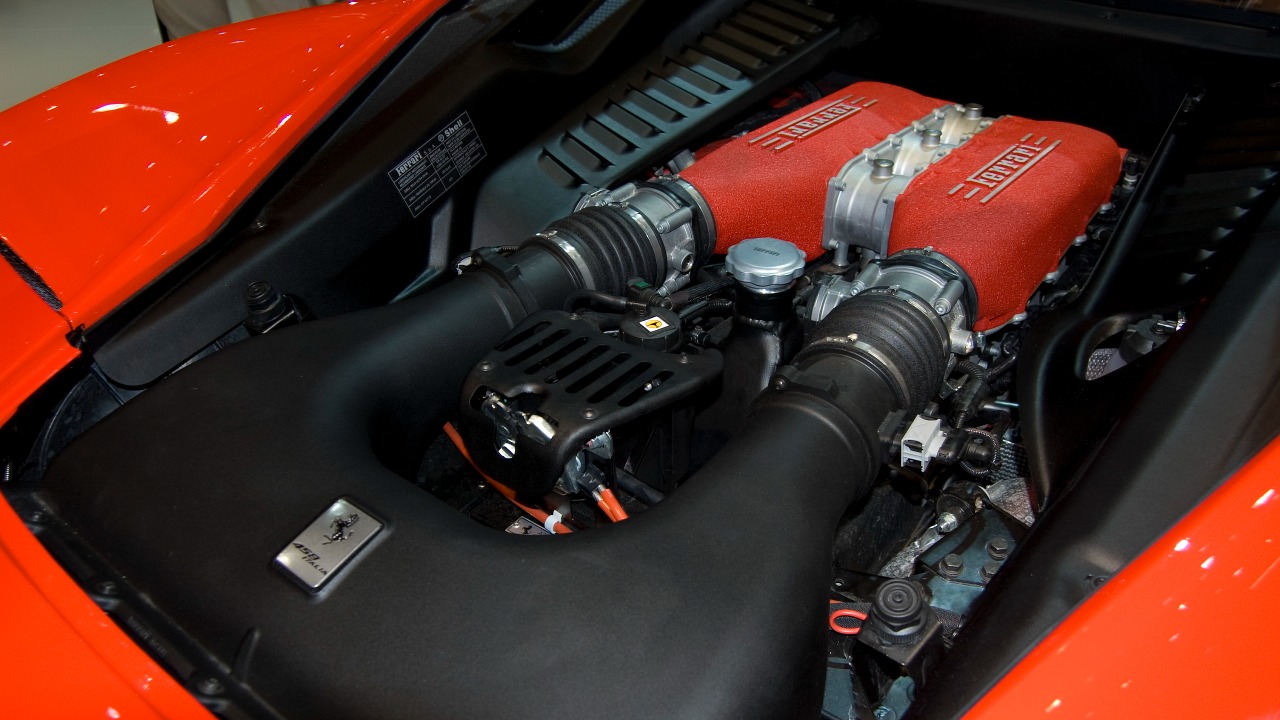
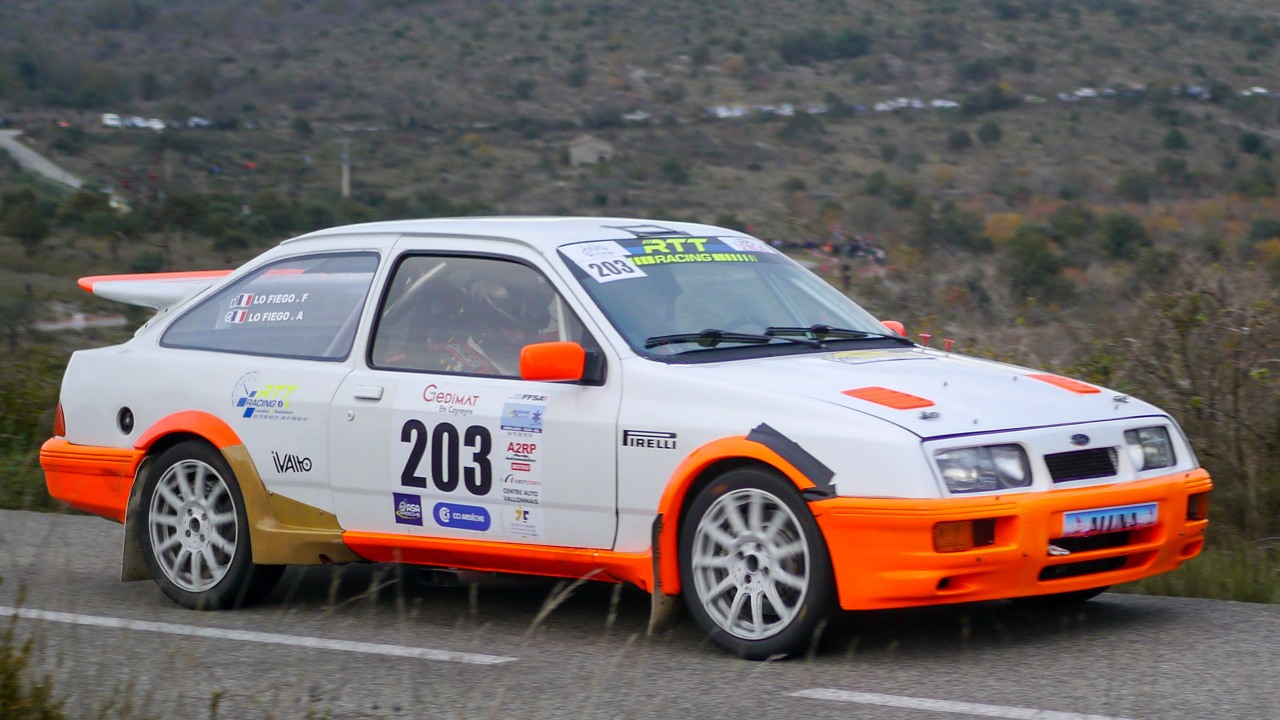
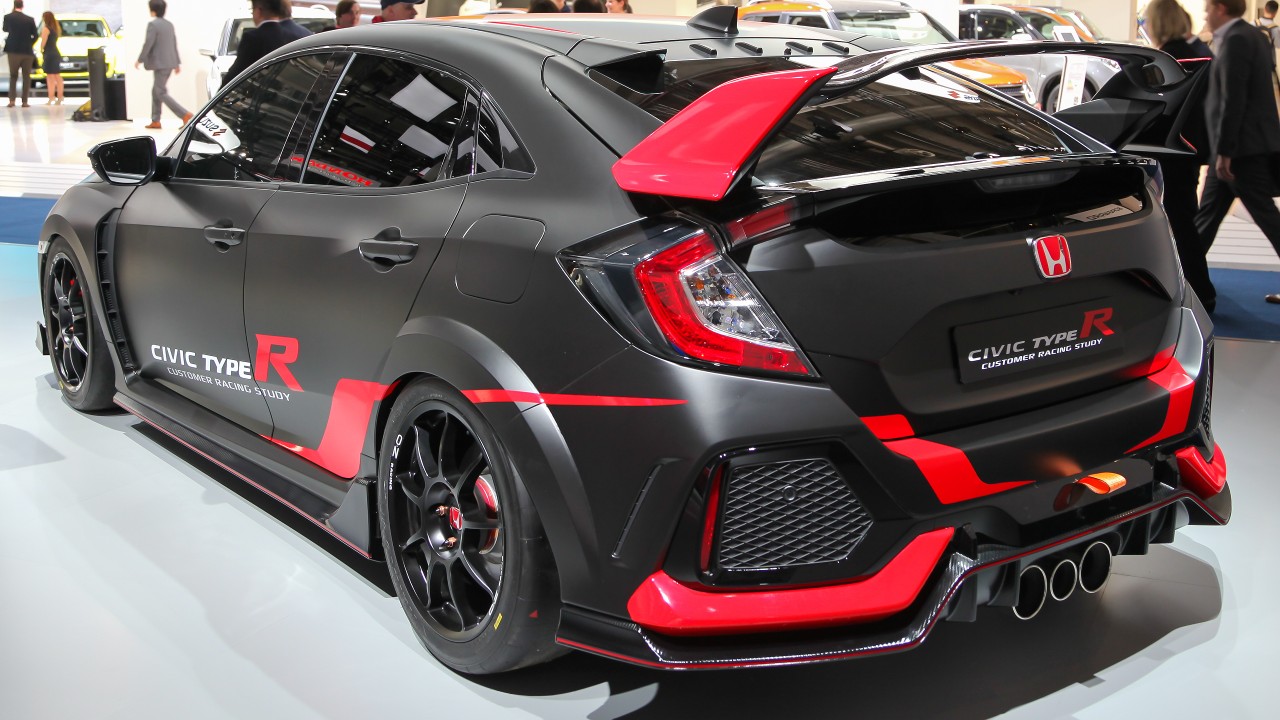
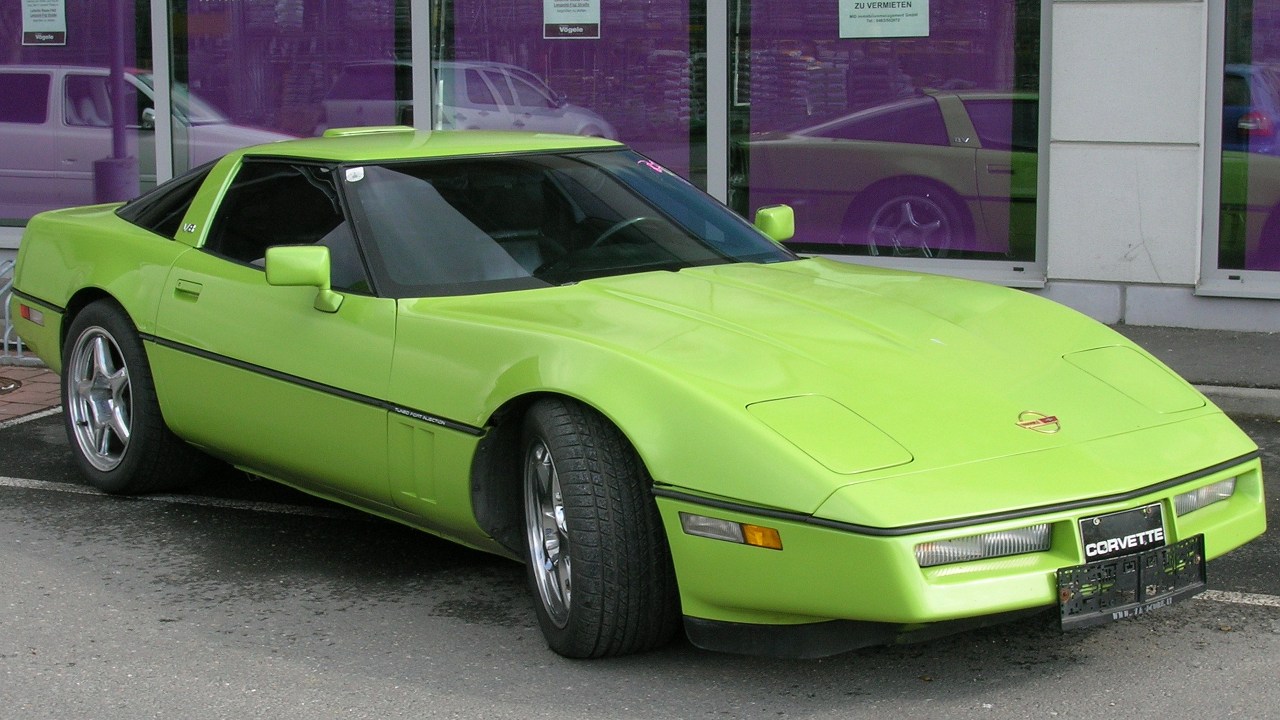
Leave a Reply